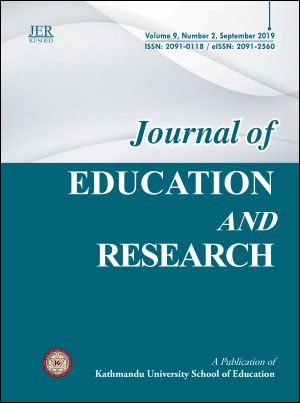Changes in the Relationship Between Formal Education and Formal Employment Sector in Nepal Between 1995 and 2014
Keywords:
formal education, informal sector, informal employment, self-employment, NepalAbstract
This paper uses seven individual-level surveys between 1995 and 2014 to analyse the hypothesis that formal education increases wage-employment and formal sector employment in Nepal. The results show that formal education has increased substantially. However, formal sector employment has remained relatively stable. Individuals with tertiary education are about twice as often employed in the formal sector than individuals without completed primary education. This relationship is less strong for secondary education (22%) and primary education (7%). The results further show that about half of the relationship arises from working in government-related sectors. The overall picture regarding the relationship between formal education and formal sector employment has remained similar over time. However, the strength of the relationship between completed primary and secondary education and formal sector employment has decreased over time. The relationship between tertiary education and formal sector employment has remained stable unless the government related sectors are excluded.




